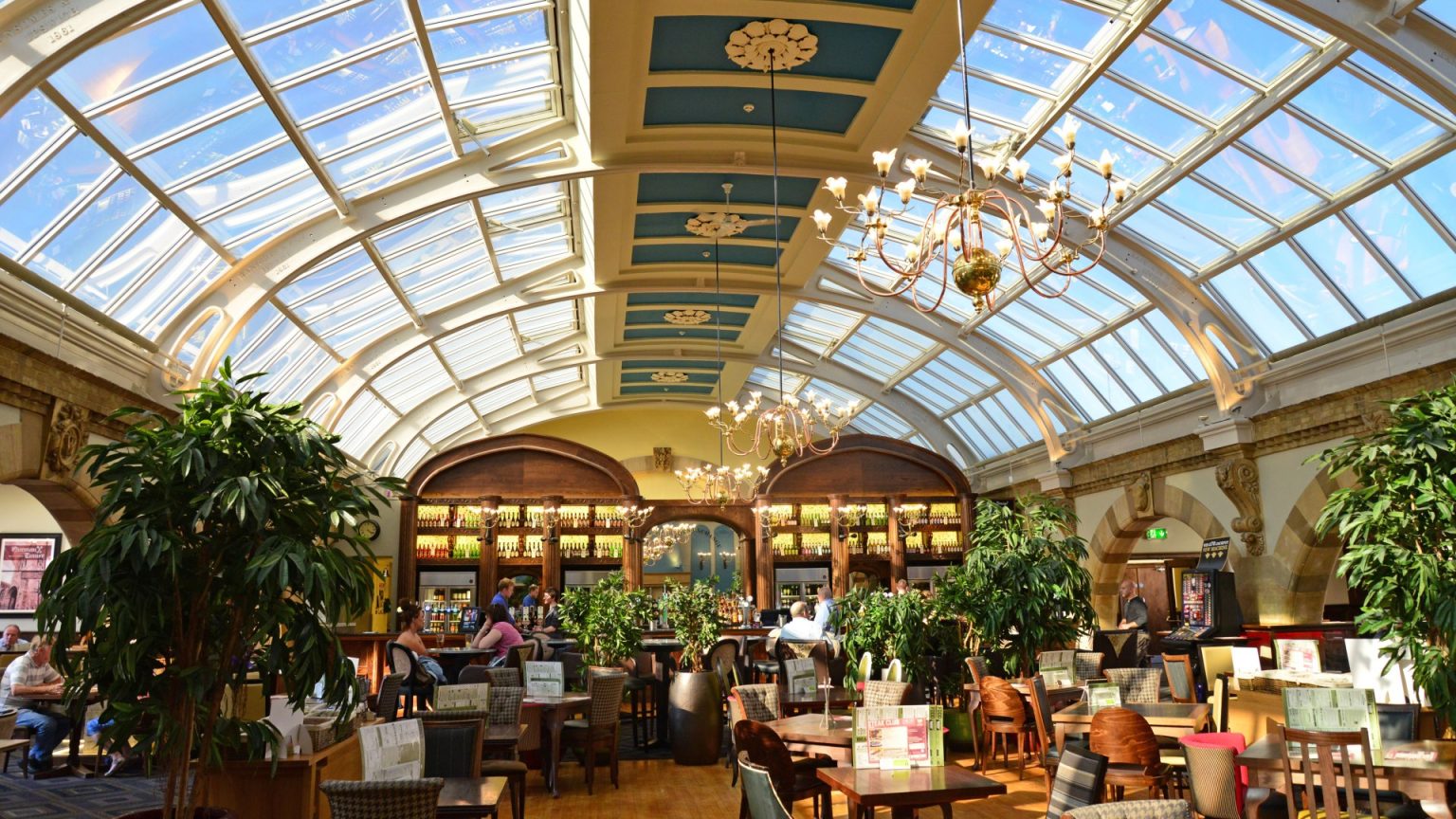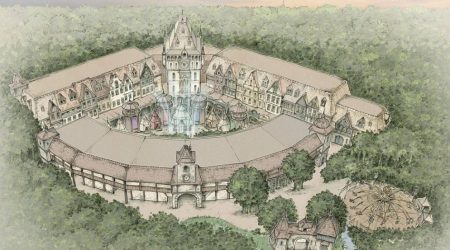Wetherspoons, renowned for its budget-friendly food and drinks, often surprises patrons with the unexpected grandeur of its establishments. Scattered across the UK, these repurposed buildings, ranging from former opera houses to magistrates’ courts, offer a unique dining and drinking experience within historically significant spaces. The chain has breathed new life into these often-forgotten structures, preserving original features while transforming them into vibrant social hubs. These hidden gems offer a glimpse into the past while providing affordable present-day enjoyment.
One prime example of Wetherspoons’ architectural repurposing is the Opera House in Royal Tunbridge Wells. Originally built in 1902, this magnificent building served as a cinema and bingo hall before finding its current role as a pub. The vestiges of its theatrical past remain, evident in the colourful booths and stalls, transporting patrons back to a bygone era. Similarly, the North Western in Liverpool, once a bustling 330-room hotel serving Lime Street Station, now stands as a testament to adaptive reuse. Designed by the architect behind London’s Natural History Museum, this grand hotel, after decades of vacancy, has been revitalized as a Wetherspoons pub, with its upper floors transformed into a modern hotel.
The Winter Gardens in Harrogate provides another fascinating example of Wetherspoons’ adaptive reuse. Originally part of the Royal Baths, where Victorians indulged in sulphur and electric peat baths, the building has retained its elegant columned entrance and stunning decorative glass ceiling, creating a bright and airy atmosphere. Meanwhile, The Chief Justice of the Common Pleas in Keswick, Cumbria, offers a unique dining experience within a former magistrates’ court and police station. Preserved features such as the witness box, judge’s bench, and defendant’s box add a touch of historical intrigue to the pub’s ambiance.
The Corn Exchange in Bury St Edmunds, a Grade I listed building, stands as a testament to Victorian architecture. Originally a bustling marketplace, this grand structure, with its arching glass roof and elegant wooden panelling, now houses a Wetherspoons pub on its first floor, offering a unique blend of history and modern-day socializing. A more intimate setting can be found at The Buck Inn in Northallerton, North Yorkshire, a charming pub with a cream and mint green exterior, occupying a site that has served as a public house since 1894.
For a truly grand experience, the Royal Victoria Pavilion in Ramsgate, the world’s largest Wetherspoons, offers stunning sea views from its beachfront location. Housed in a Grade II listed building, this former pavilion, with its interior inspired by the Queen’s Theatre at the Palace of Versailles, provides a regal backdrop for a casual meal or drink. Similarly, the Trent Bridge Inn in Nottingham, located near the iconic cricket ground, boasts a striking red-brick exterior and a warm, inviting interior featuring a wooden panelled bar, mahogany furniture, and a parquet floor.
The Palladium in Llandudno, a former cinema, retains its eye-catching décor and offers a unique dining experience across three levels, mirroring the original stalls, dress circle, and balcony. The ornate gold detailing and plush red carpet evoke the glamour of a bygone era. In Scotland, The Counting House in Glasgow, housed in a former Bank of Scotland building, allows patrons to enjoy a drink in the old underground banking vaults while admiring the grandeur of the high ceilings and opulent detailing upstairs. Finally, Hamilton Hall in London, nestled near Liverpool Street Station, reveals a stunning interior, once a ballroom in the Great Eastern Hotel, featuring ornate gold detailing, a circular bar, and a hanging chandelier, offering a touch of elegance to the Wetherspoons experience. These diverse locations highlight Wetherspoons’ commitment to preserving architectural heritage while providing accessible and affordable hospitality.











